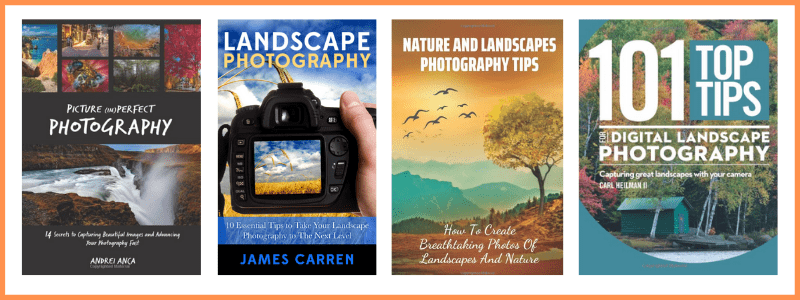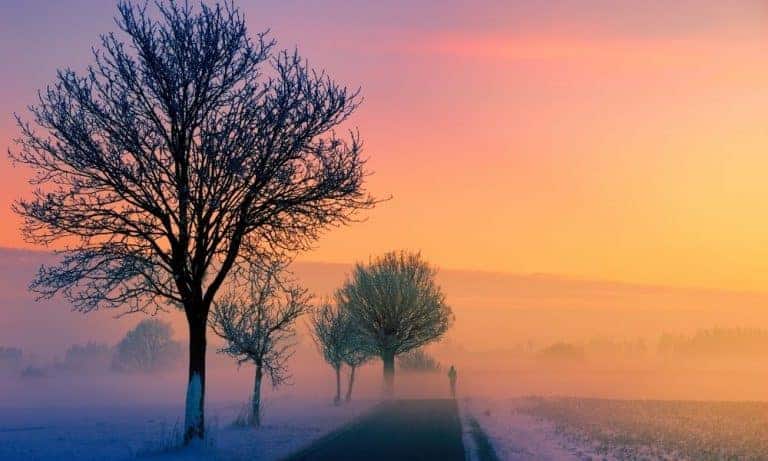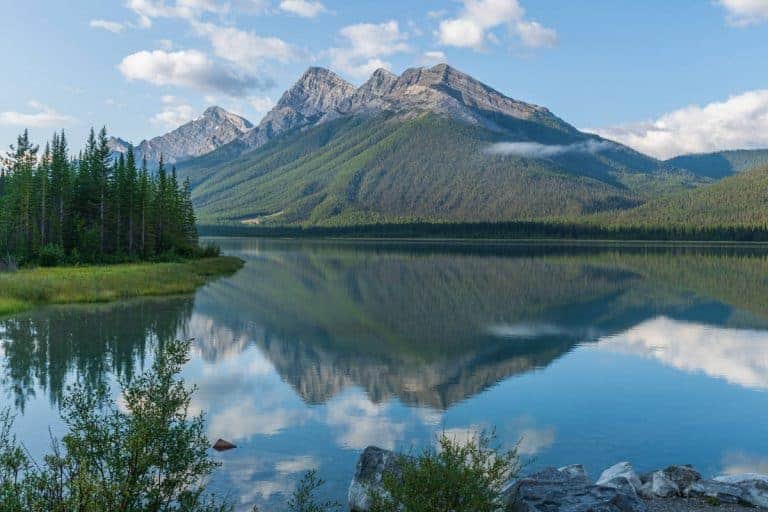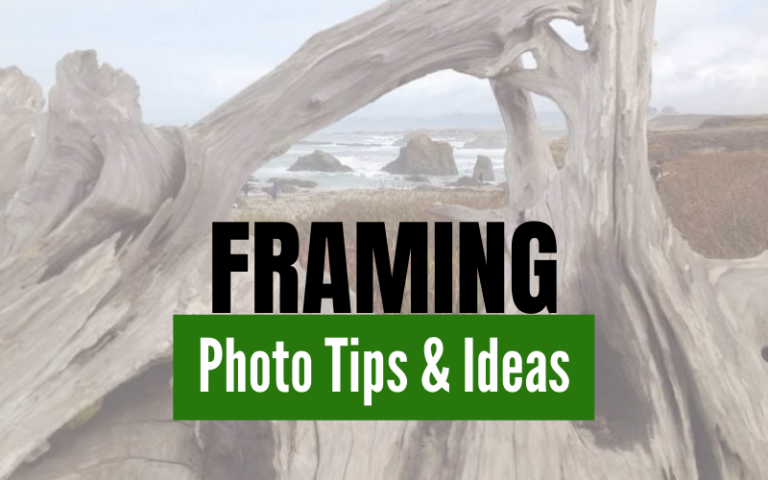Part of the Whole Photo Ideas
Take a look at these part of the whole photo ideas that provide impact for the viewer because of the more intimate view when you focus on a section of the scene.
Use these tips in addition to basic photography techniques to take your own pictures that feature a part of the whole!

Many photographers overlook the impact of capturing just a piece of the subject or scene.
Use the photos and tips below as inspiration to get out and capture your own pictures that emphasize a part of the whole!
This site contains affiliate links which means WE may receive commissions for purchases made through these links. We only provide links to products we actually use and/or wholeheartedly recommend! As an Amazon Associate, we earn from qualifying purchases. Read the full Disclosure Policy.
Camera Gear for Landscape Photography
- Tripod: take a look at these compact and lightweight travel tripods!
- Camera Bag: protect your camera from sand and water → We use Lowepro camera backpacks for outdoor photography.
- Neutral density filter: to compensate for variance of light you’ll need to use a neutral density filter. → Check out the Kase magnetic filters we use!
- Camera cleaning kit: remove dust or water that WILL get on your lens. NOTE: this is not for cleaning the sensor.
- Memory cards: purchase name brand memory cards since you’re trusting your images to the card! → We use Lexar and Sandisk!
- External hard drive: copy photos to a portable external hard drive ‘just in case’.
- Headlamp: use when taking sunrise and sunset photos!
Camera Gear at B&H Photo
Part of the Whole Photo Ideas
Take a look at these photography ideas using the part of the whole technique shared by members of our Facebook Group, Your Photography Journey.
WATCH THE VIDEO: as we discuss tips and ideas for taking photos with an emphasis on a part of the whole.
Part of a Subject
Richey Oliver used a part of the old building to draw attention to and frame the sunset.
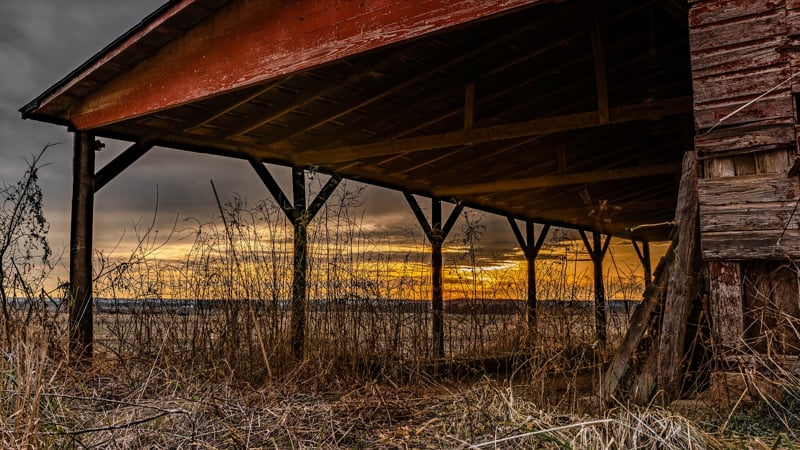
The interesting textures, shapes, and lines in the subject add interest to the scene. Including foreground, midground and background also adds depth to this photo.
Gerardo Trevino isolates a part of the whole by centering his composition around a portion of the building. Doing this, and photographing in black and white, places emphasis on the architecture, the geometry and patterns.
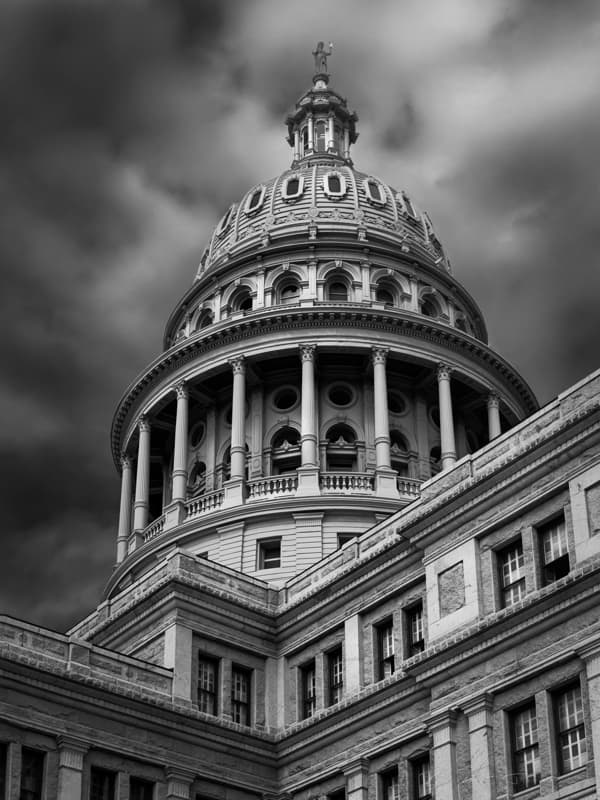
The angle of the camera and the placement of the subject within the frame enhance a sense of height as the structure seems to surge into the moody sky.
Brian Leonard uses part of the whole to create interest when photographing wildlife.
By focusing on the head of the deer, the viewer connects more intimately with the subject compared to a photo that included the entire body.
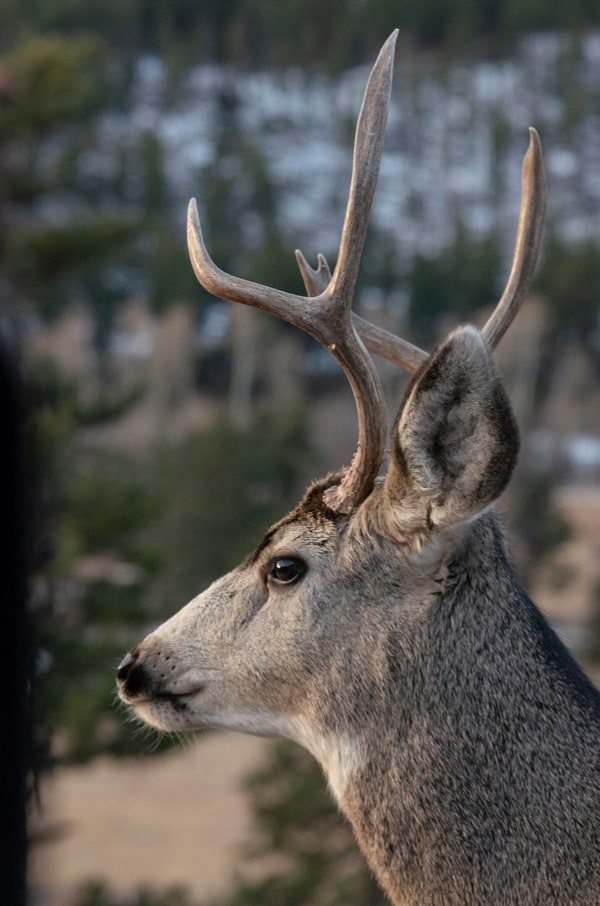
Placing the eyes of the subject in good focus and capturing the light reflected light in the eyes are important aspects of a successful composition of a living subject.
This image from Gary Danis illustrates how effective the part of the whole concept can be. He set up the composition around a specific characteristic of this old truck that provides impact to the viewer.
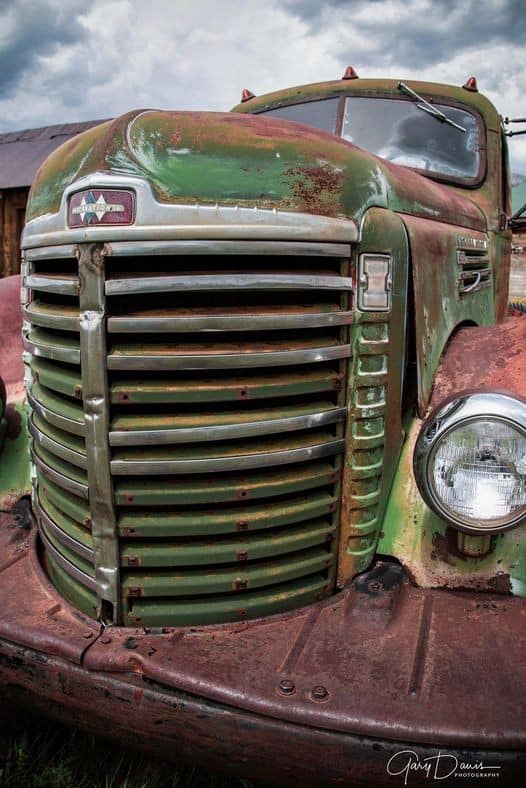
The shapes and lines of this subject draw our eye and the low perspective creates depth.
Part of a Scene
It can be interesting and impactful to focus a capture on part of a scene. Denise Thomason narrows her composition down to emphasize vibrant life thriving in a cold environment.
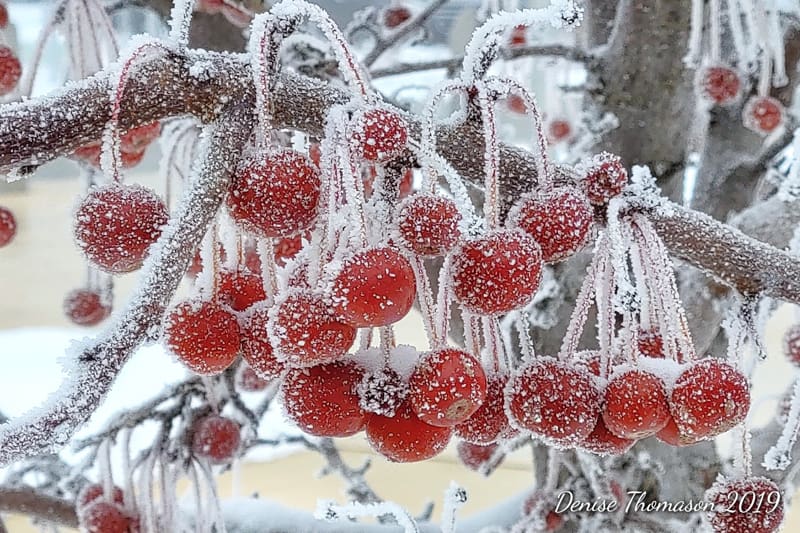
The contrast between the cool, white frost and background and the vibrant color of the hanging fruit is impactful. The part of the whole focus allows us to experience the specific textures of the tree and its wintery surroundings.
Roy Goldsberry brilliantly applies part of the whole to show us the unique and individual aspects of an iconic and majestic landscape. When taking Bryce Canyon photos, the first instinct is to photograph the vast scene!
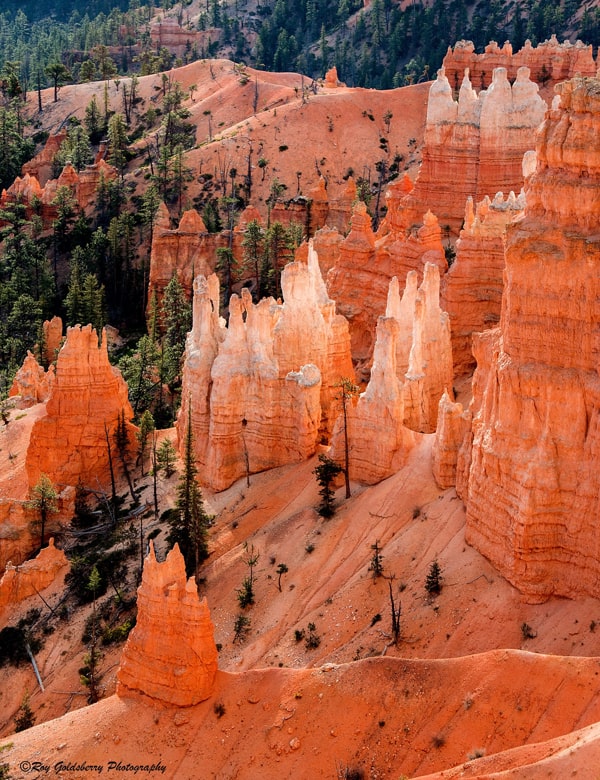
Focusing on a part of the whole showcases the geologic structure and color of a stunning location scarred by the weathering of time.
When photographing waterfalls, don’t forget that focusing on a part of the scene or subject is a good technique to use.
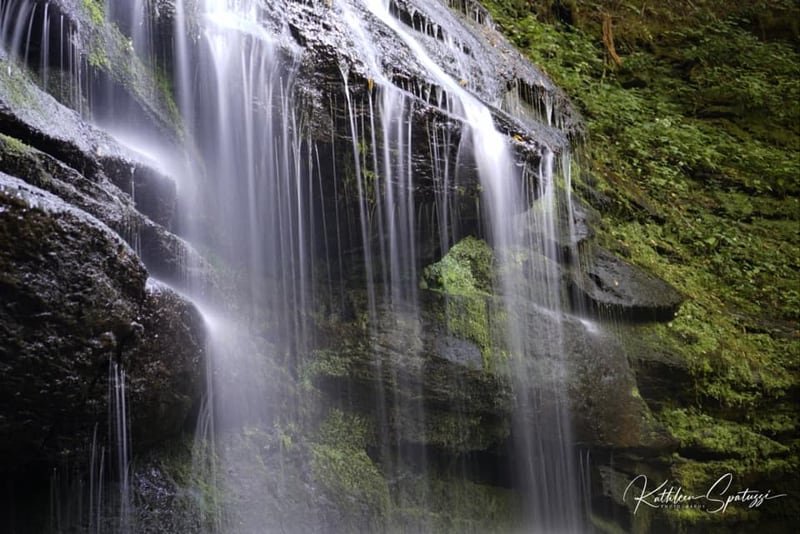
Kathleen Spatuzzi’s photo draws the viewer into the movement and power of flowing water. You can almost feel the mist on your face!
Part of the Action
When photographing an action, movement or activity, using the part of the whole technique brings focus to the expressions, moods, or illustrations in the scene.
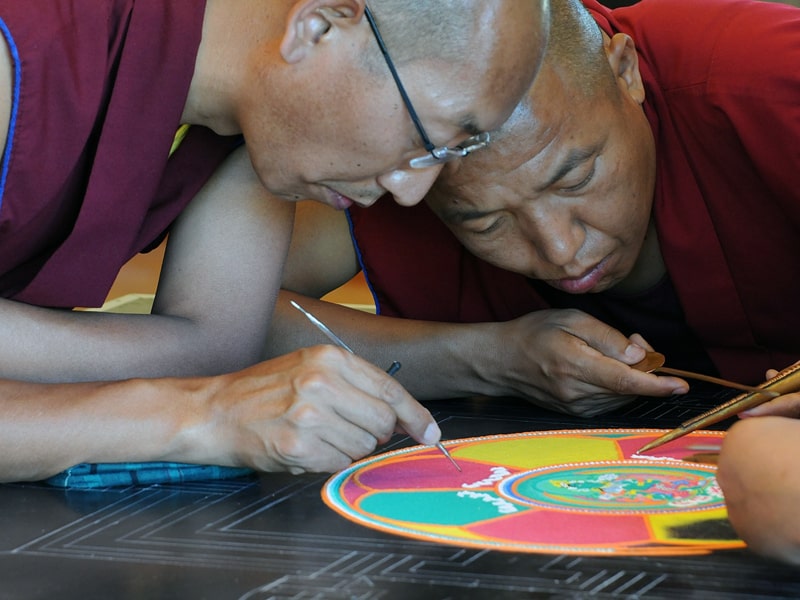
Jeff Hall’s photo invites us into an intimate connection with the emotion and concentration of a unique human activity. The low perspective also draws the viewer into the action.
The intensity and precision of artistic expression is wonderfully captured in this great shot by Lissa Evans.
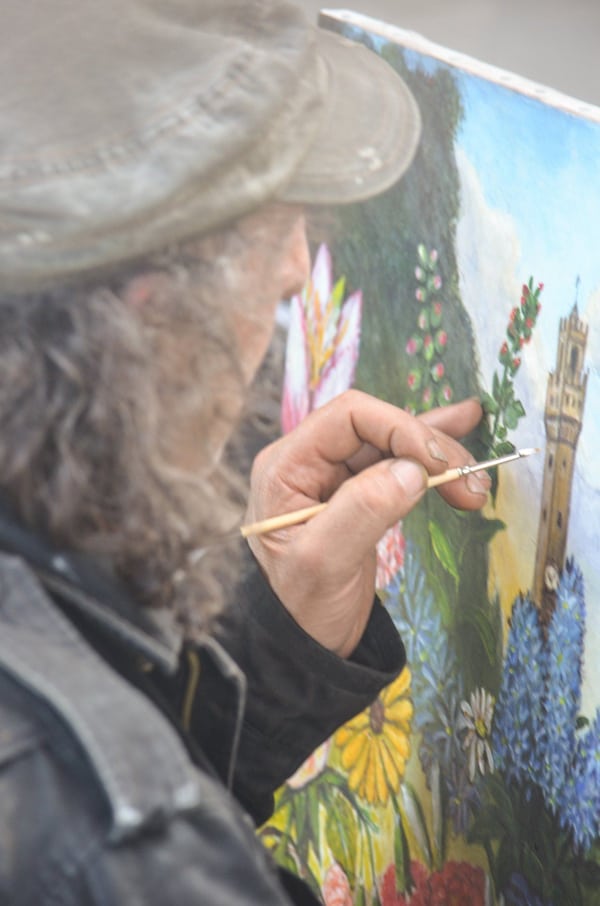
With the focus directly on the artist’s hand, the viewer is drawn right in to the activity.
There’s added interest due to the perspective of looking over a person’s shoulder to watch what they’re doing.
Macro Details
Part of the whole is the very essence of macro photography. It allows us to fill the frame to see detailed aspects of the subject.
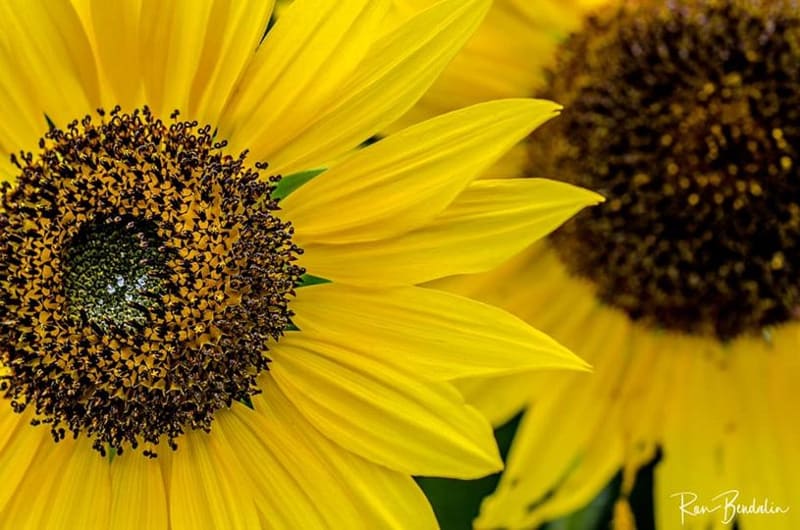
Ron Bendalin includes a part of two flowers combined into one image. He also showcases layers in the flowers with the one in front in focus and the one in back with a bokeh effect.
AMAZON Landscape Photography Books:



